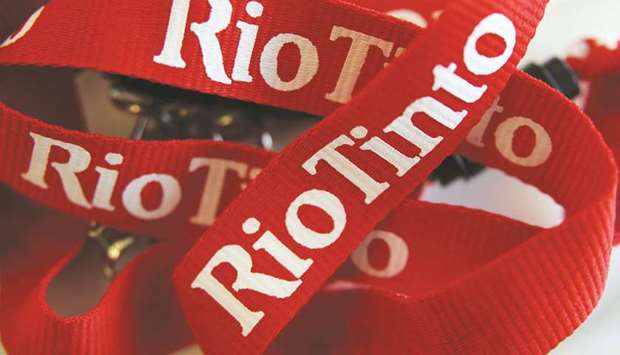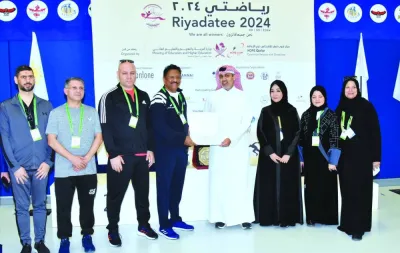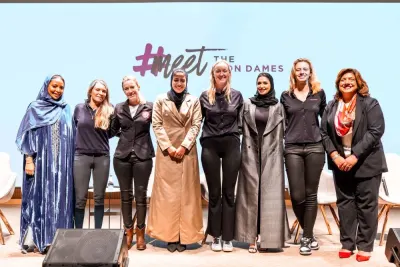Improvements to mines and railroads will give the producer options to raise volumes above the 330.1mn tonnes shipped in 2017, Rio said in presentations ahead of an analysts’ tour of its Australian operations.
They generate about 60% of annual profit and include 16 mines, four port terminals and about 1,700 kilometres (1,056 miles) of rail.
“We will continue to optimise the system to provide the flexibility to respond to market conditions,” Chris Salisbury, iron ore chief executive, said in a statement. “Capacity is not the same as tons shipped.
How we use the capacity of our integrated system will be dynamic, in line with a strict value-over-volume approach.”
Here are the producer’s other key points on the iron ore market and its plans:
China demand: Reforms in China’s steel sector to meet environmental rules and boost productivity are a structural change that’s “here to stay” and supporting demand for higher-quality iron ore, Rio said.
New mills in the country’s southern and coastal regions are larger and cleaner, boosting demand for premium grade products.
After years of swings, iron ore prices have been marooned in the $60s since mid-March and are forecast to average $62 a metric tonne in the second half, according to the median of analysts’ forecasts compiled by Bloomberg. Imports by China, the top consumer, may peak this year, Australia’s government said in a report published in April.
While China accounts for about two-thirds of shipments, Rio is preparing for demand growth in Southeast Asia. It has struck supply agreements with mills in Vietnam and Malaysia, and is in discussions with prospective future customers in Indonesia, Rio said.
Use in China of scrap metal as an alternative raw material in electric arc furnaces is gradually increasing, but faces headwinds including low-quality, costs and higher electricity prices, Rio said.
Rising use of scrap is among medium-to-long term challenges for iron ore exporters, according to Deutsche Bank.
New mines: Rio forecasts it’ll spend about $2.2bn on replacement mines over the next 3 years, including initial work on the Koodaideri, West Angelas and Robe Valley projects.
An $118mn Billiard South project to support the Yandicoogina operation is already underway, with production expected to commence in 2019, according to the statement.
The projects, along with $2.9bn of mine spending approved on Thursday by BHP Billiton, are among more than $6bn of planned investments to deliver new production in Australia from early next decade.
The mines are largely intended to replace exhausted pits, rather than to add new volumes.
Technology: Rio’s Autohaul programme to install the world’s first autonomous heavy-haul trains remains on track to be implemented by the end of the year, and will remove a need to shuttle train drivers about 1.5mn kilometres each year to and from their locomotives for shift changeovers.
The producer’s robot trains have completed more than 1mn kilometres of tests – with a driver onboard and on standby – and seen about a 6% improvement in speed, Rio said.
Rio currently has 95 autonomous trucks and 11 autonomous drills in operation and is planning the Koodaideri project to be the first mine that’ll take full advantage of all recent advances in technology.



